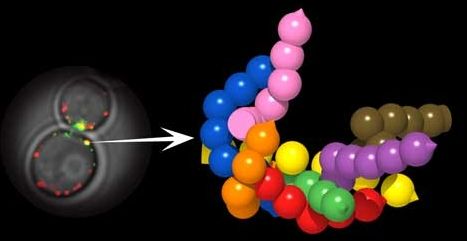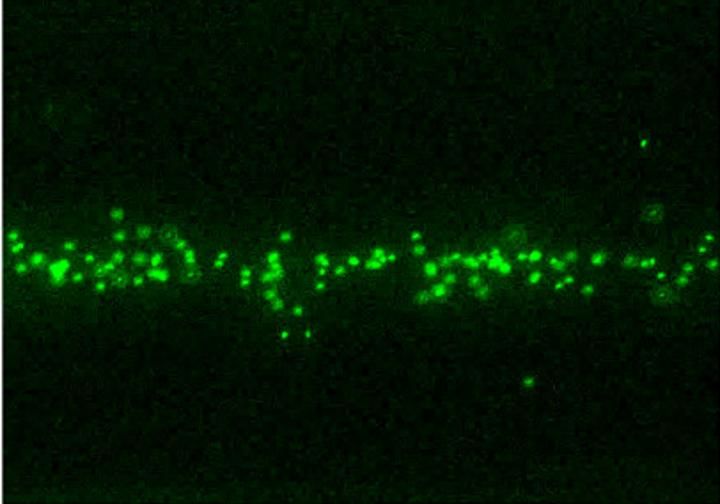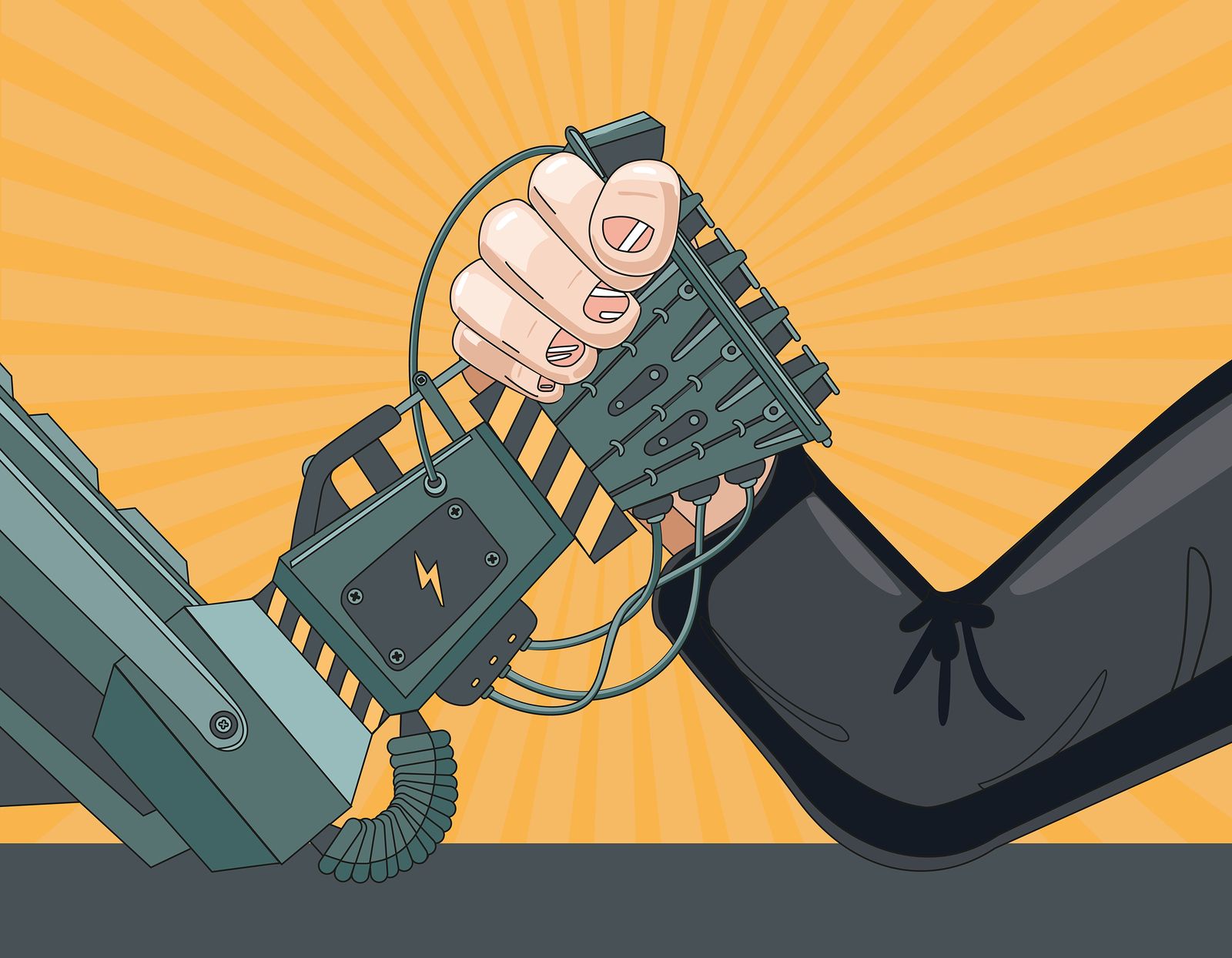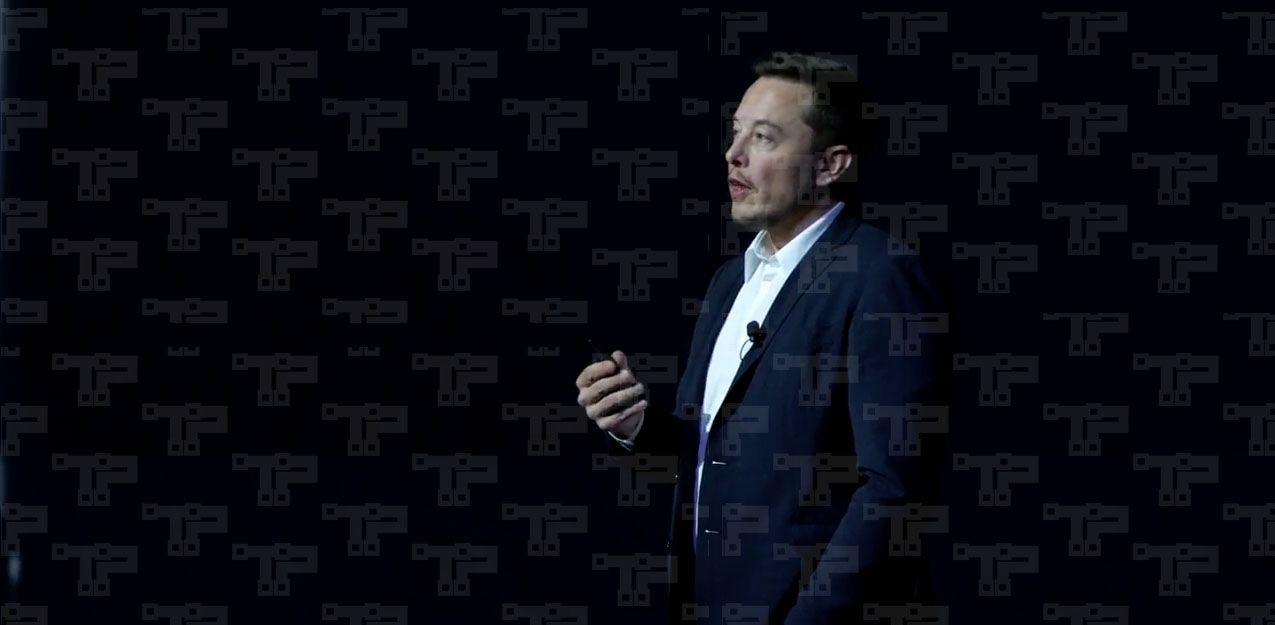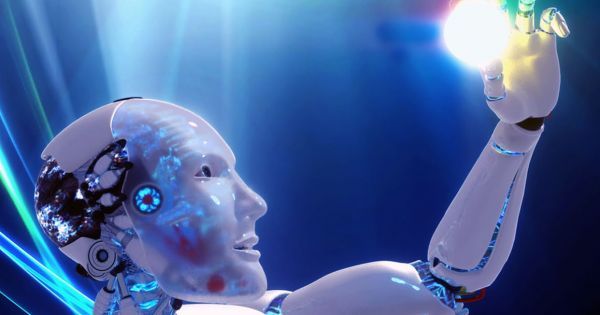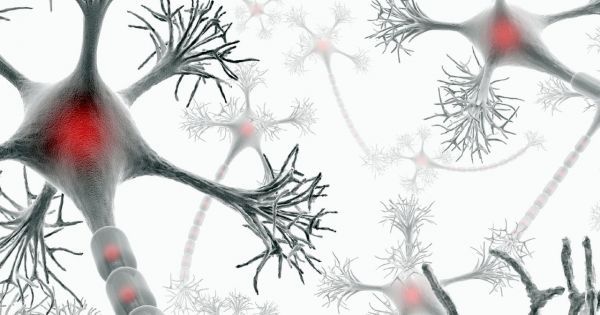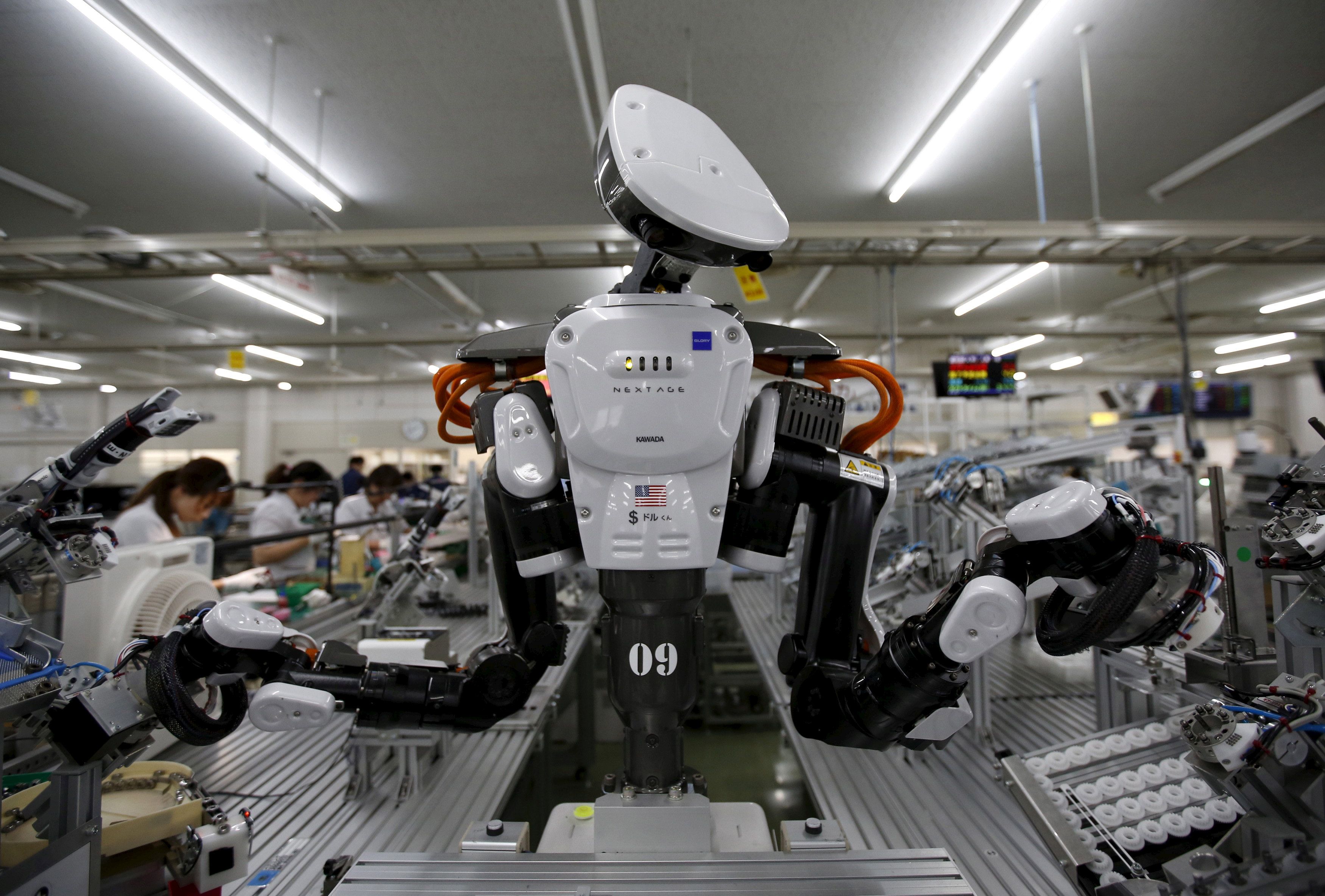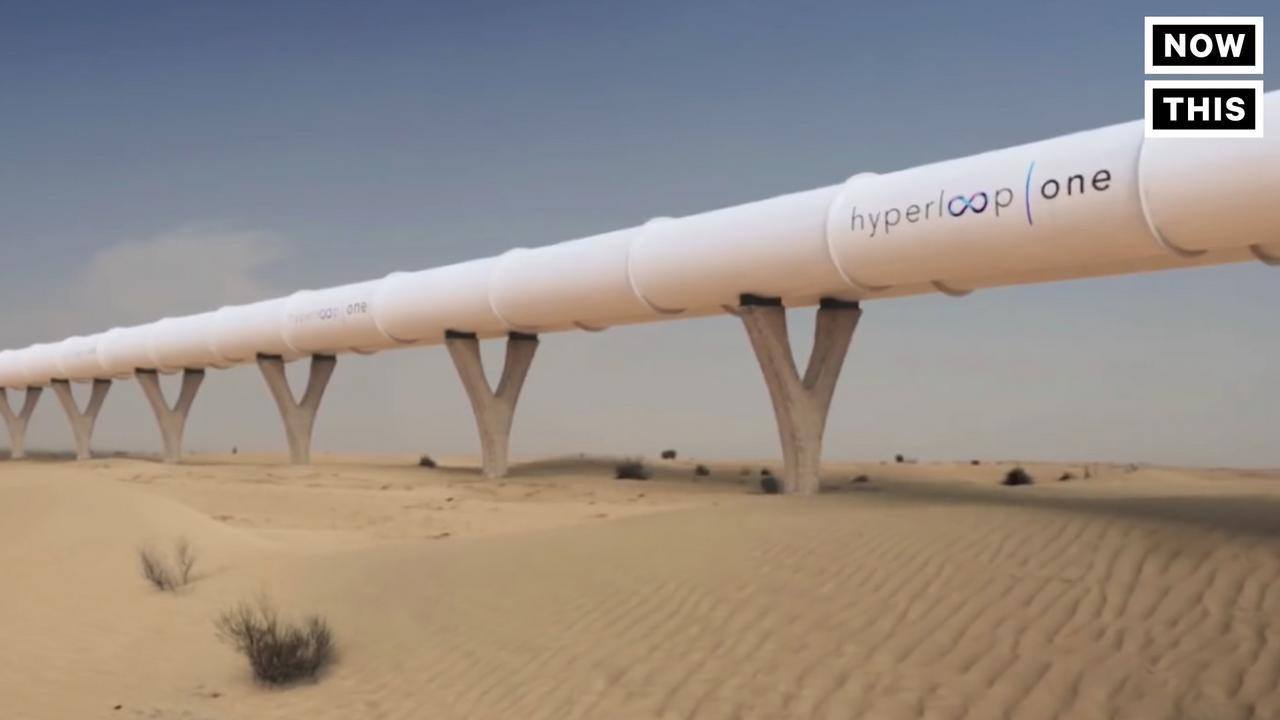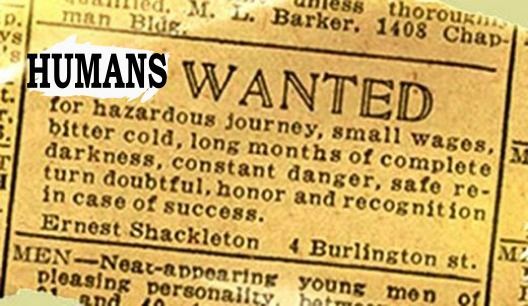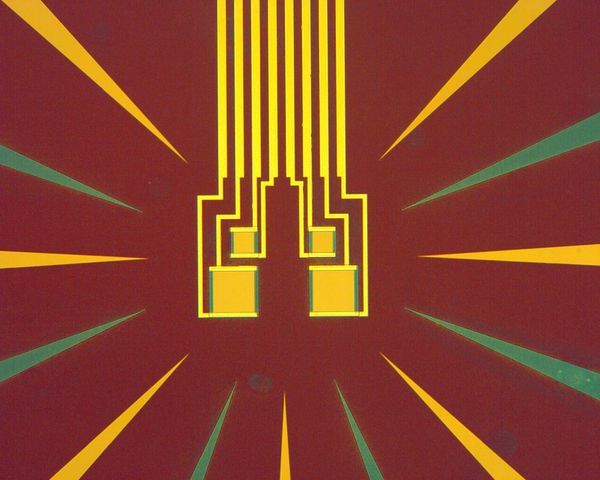Today scientists at the Institute for Research in Biomedicine (IRB Barcelona) present a study in Cell (“The in vivo architecture of the exocyst provides structural basis for exocytosis”) where they have been able to observe protein nanomachines (also called protein complexes)—the structures responsible for performing cell functions—for the first time in living cells and in 3D. This work has been done in collaboration with researchers at the University of Geneva in Switzerland and the Centro Andaluz de Biología del Desarrollo in Seville.
On the left, in vivo image of nanomachines using current microscopy techniques; on the right, the new method allows 3D observation of nanomachines in vivo and provides 25-fold improvement in precision (O. Gallego, IRB Barcelona)
